Your engagement ring is the symbol of the love shared between you both – a circle of life and love with no beginning and no end. But, do you know your bezel from your baguette? Do you know your ‘Four C’s’? Wondering what a Channel Setting is?
Never fear: we had a quick chat with Karl from Xennox Diamonds who has shared this handy guide to everything you need to know about one of life’s most special purchases – your engagement ring!
ALLOY
Alloy is a metallurgical term that refers to a mixture of two or more metals. Most metals used in jewellery are alloyed together, either to alter the metal’s colour, or to give it greater strength.
ASHOKA
Based on a 41.37 carat flawless diamond and named after Buddhist warrior-emperor Ashoka Maurya, this rare style is a modified version of the antique cushion-cut diamond displaying 62 facets. A large, long stone is needed as up to 60% is cut away to achieve this decadent look.
ASSCHER
Very similar to the rectangular emerald cut, except it’s square. Originally the name for a square emerald diamond with 74 facets, created by the prestigious Royal Asscher company.
BEZEL FACET
On a round brilliant diamond, these are eight large kite-shaped facets on the crown. Also called top main facet.
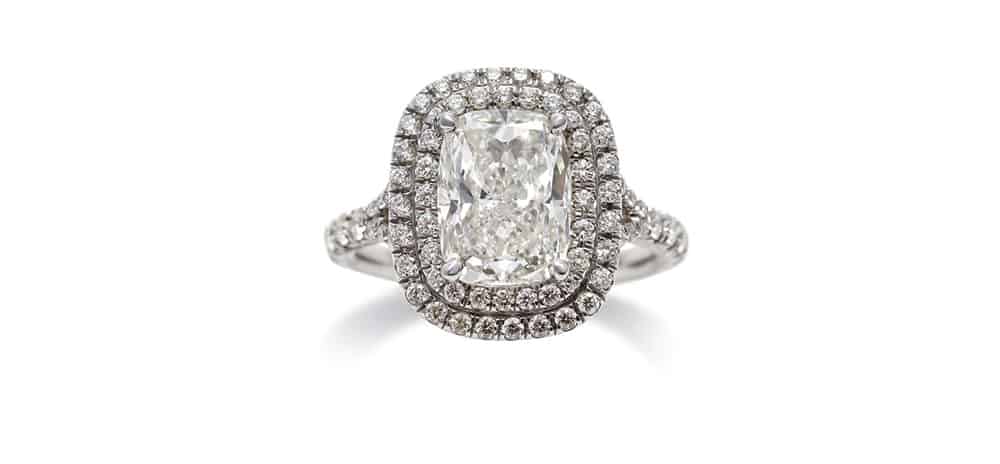
Xennox Diamonds
BRILLIANCE
The reflections of white light coming from the diamond.
BRILLIANT CUT
A round diamond with 57 facets, or 58 if there is a culet (see description). Round brilliant cut diamonds are more brilliant than any of the fancy-shaped stones.
CHANNEL SETTING
A setting that has a row of stones set between two strips of metal to hold the stones at the sides. Used for round, baguette and square-cut stones, the channel setting resembles a railway track with the diamonds in the centre.
CLARITY
The stone’s relative position on the flawless-to-imperfect scale.
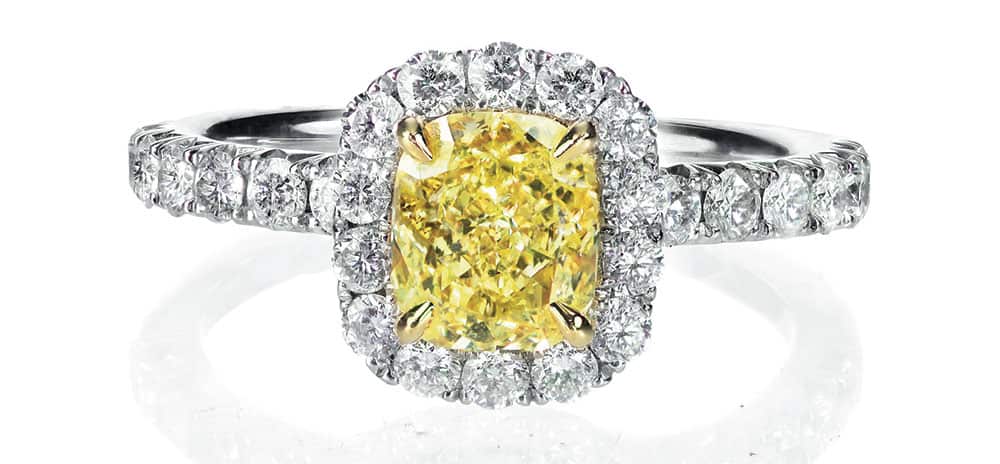
Xennox Diamonds
COLOUR
Grading colour in the normal range involves deciding how closely a stone’s body colour approaches colourlessness. Some diamonds have at least a trace of yellow or brown body colour, with the exception of some fancy colours such as blue, pink, purple or red.
CROWN
The upper part of the diamond above the girdle (see description). Consists of a large flat area called a table and several facets below.
CULET
The smallest (58th) facet at the bottom of a full-cut diamond. Some diamonds do not have a culet – they are described as ‘none’ or ‘pointed’.
CUSHION
Also called ‘pillow cut’ the cushion has rounded corners and larger facets to increase their brilliance. Available in shapes from square to rectangular.
CUT
The proportions and finish of a polished diamond (also called ‘make’). The cut affects both the weight yield from rough and the optical efficiency of the polished stone. The more successful the cutter is in balancing these considerations, the more valuable the stone will be.
FACET
The plane, polished surface of a diamond.
FANCY COLOURED
A diamond with an attractive colour. Colours include yellow, blue, green, pink and black.
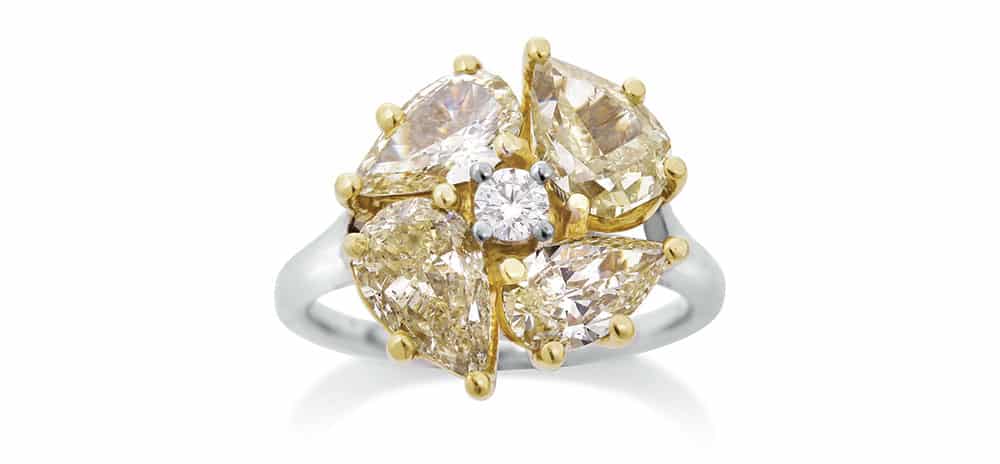
Xennox Diamonds
FANCY CUT
Any shape other than round, including baguette, emerald, pear, princess, oval, marquise, heart, teardrop and trilliant.
GIRDLE
The outer edge or the widest part of the diamond, forming a band around the stone.
HAMMER SET
A setting technique used to set diamonds so that they are flush with the metal.
RADIANT
A square or rectangular-shaped diamond with trimmed corners.
PAVI LION
The bottom portion of the diamond, below the girdle.
PAVÉ
A technique for small diamonds in which the stones are set so closely together that no metal shows. It makes the surface appear to be ‘paved’ with diamonds. Often used to frame a centre diamond or to create a glittering ‘diamond’ band.
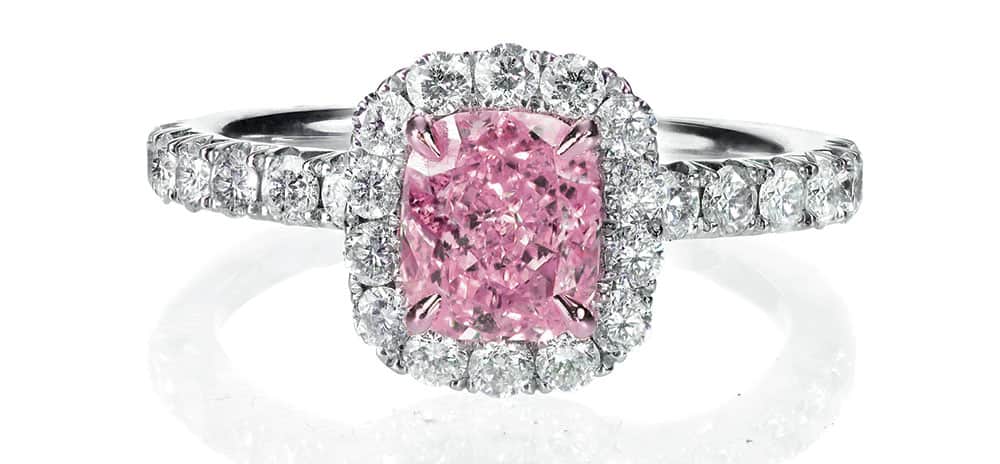
Xennox Diamonds
PINK DIAMOND
This very rare gem is mined by Argyle Diamonds in north-west Australia. Although a pink diamond can be 30 to 50 times the price of a white diamond, it is a true investment as demand will always exceed the very limited supply. Pink diamonds are graded according to the intensity of colour in each individual stone.
PRINCESS
A square, very bright diamond shape. Similar in sparkle to the brilliant-cut diamond.
SPLIT SHANK BAND
Offers knock-out width, with the band divided into two or even three parts that can then be lined with micro-pavé diamonds – so it’s a costlier ring, but it has twice as much sparkle.
TABLE
The largest facet that sits on top of a diamond. This is where most of the light enters and exits.
Thanks to Brisbane jeweller, Karl Schwantes of Xennox Diamonds.
Related posts:
 Customise your engagement and wedding rings with Clayfield Jewellery
Customise your engagement and wedding rings with Clayfield Jewellery
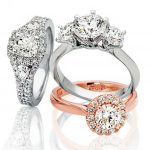 Easy DIY Diamond Cleaning Tips Every Bride Should Know
Easy DIY Diamond Cleaning Tips Every Bride Should Know
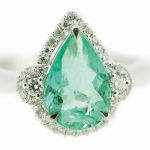 Wedding trends: Unique engagement rings
Wedding trends: Unique engagement rings
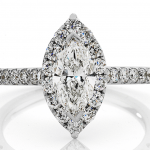 Turn diamond dreams into reality with Xennox Pay
Turn diamond dreams into reality with Xennox Pay
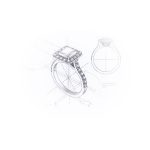 Designing your own engagement or wedding ring? Here is what you need to know
Designing your own engagement or wedding ring? Here is what you need to know
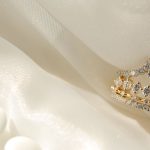 One peek at these gorgeous rings and you’ll want to meet Brisbane-based Aurupt Jewellers
One peek at these gorgeous rings and you’ll want to meet Brisbane-based Aurupt Jewellers
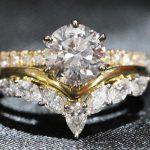 7 dazzling yellow gold and diamond options for your bridal jewellery set
7 dazzling yellow gold and diamond options for your bridal jewellery set
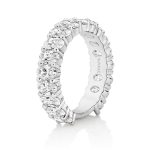 A deep dive into diamond wedding band styles
A deep dive into diamond wedding band styles

